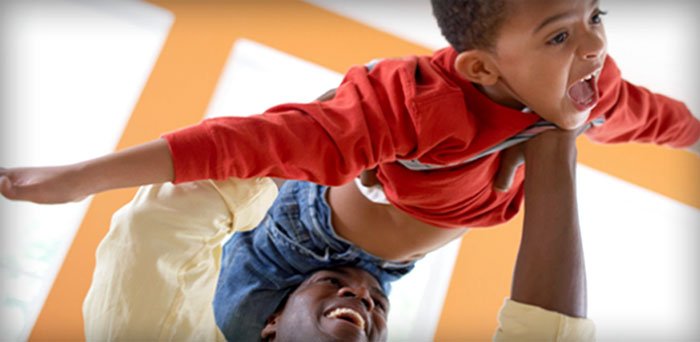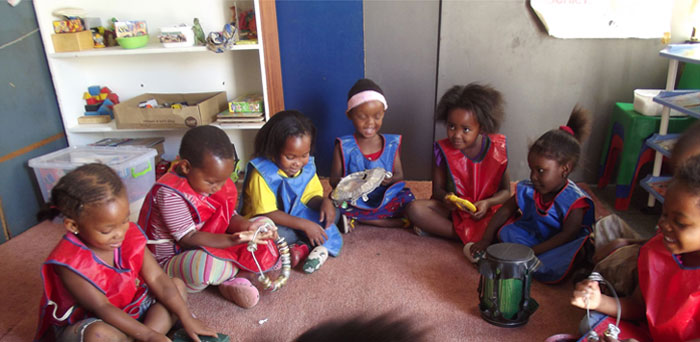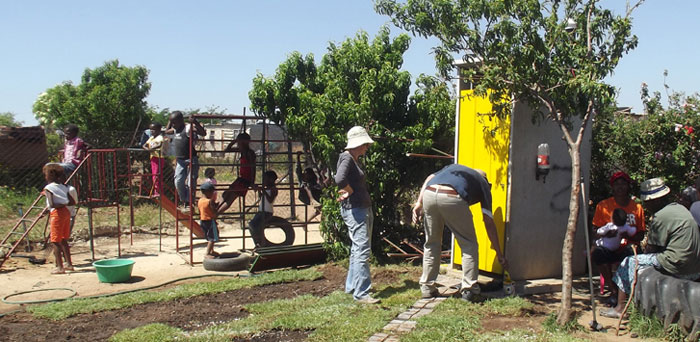Toys have names...
Today I was helping an ECD practitioner sort out her educational toy area. I asked, “Where are your puzzles?” and she pointed to the duplo. One takes so much for granted. There is language to contend with as most modern toys have Western names (or Eastern ones increasingly). But one should also remember that bought toys were out of the reach of most black people living in South Africa 20 to 30 years ago – and still are – especially the better ones. So the ECD practitioners just don’t have any experience or knowledge of toys. And then I noticed that the children in the centres too didn’t know the names of toys. Naturally.
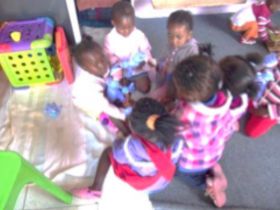
I was in a Grade R class and asked about the lovely but unused toys in the corner in boxes provided by the education dept. The teacher said that she didn’t let the children play with them as they would mess them or take them home in their pockets. I realised then that she herself did not know how to use them or to make it possible for them to be used by the children.
She had two choices: 1 – let the children play with them and muddle them up, or 2 – keep them away from the children. The third choice – show the children how to use and learn from some very educational school readiness material and toys – was closed to her and to the children. Perhaps many of the ECD trainers themselves don’t know the functions of these toys – or how to explain them to others, or use them with children. This is perhaps borne out by how many ECD practitioners seem to have such an uneasy and difficult relationship with toys.
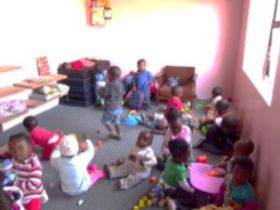
Play is how pre-schoolers learn – and the toys our children play with ready them for the world they need to succeed in, this global, technical, knowledge-based and highly skilled world. Children today must play with mathematically designed blocks, do puzzles, match opposites, find similarities and have lots of time to develop their imagination and creativity – using modern and classical toys – or else they will not succeed in this big, demanding world of ours.




